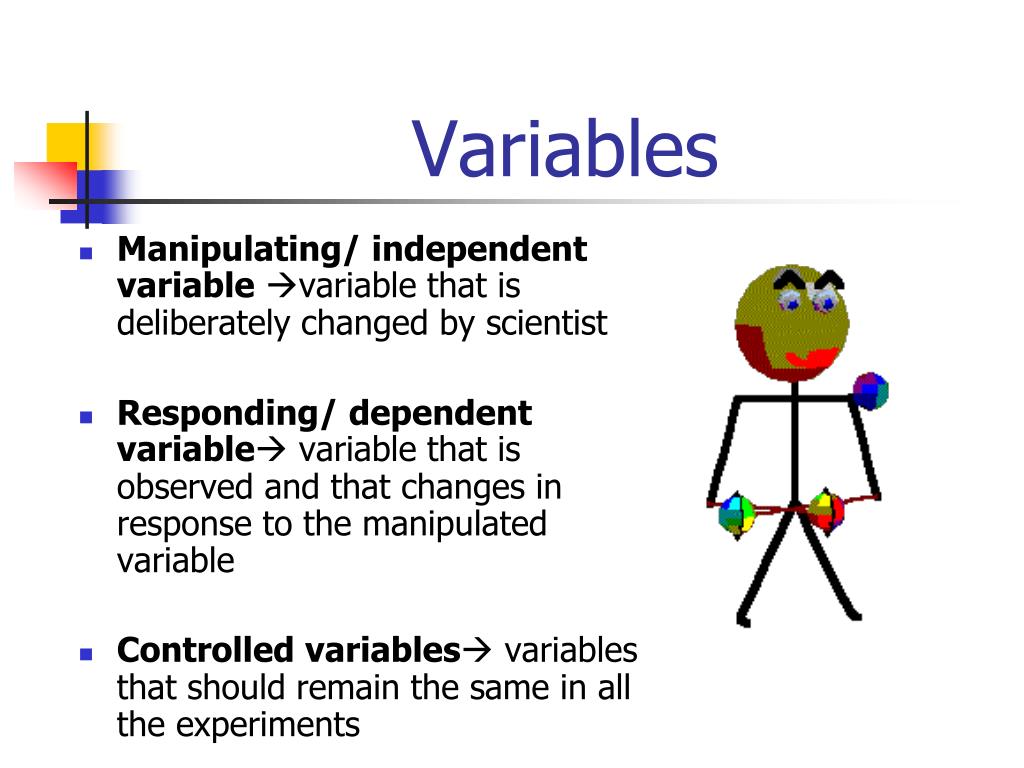


For example, eye tracking metrics like fixation duration, fixation count, and dwell time can provide you with information about the visual engagement and bias towards different items in your stimulus. Once again, you will need to ask yourself the following questions: What is visual attention? How do I measure it? How is food grouped? How will we represent the different groups in the stimuli? Which grouping strategy is relevant to my objective? The term “visual attention to” can be operationalized into one or more relevant visual behavior measures that can be quantified and measured continuously. The next part of your study objective “…on visual attention to different food groups”, contains your dependent variable. Notice that in this example, the independent variable is also an intrinsic attribute of a participant and thus particular to that individual, as a result, this variable can also be classified as a participant variable. lose weight, keep weight, gain weight etc.) and its value recorded by means of a questionnaire or interview. To operationalize it you need to ask yourself the following questions: What is a personal health goal? Can you quantify and measure it? Can you break it down into distinct categories? How will you collect and record its value? Due to the nature of this term, your variable will most likely be composed of two or more categories (e.g. The first part of your objective, “the effect of personal health goals…”, contains an independent variable. In your first study, your objective is to investigate “the effect of personal health goals on visual attention to different food groups”. This process is called variable operationalization.įor example, you are interested in studying attitudes towards food, visual attention, and food choice. test operator, or experimenter behavior during the test, i.e., their instructions to the test participants are not consistent or they give unintentional clues of the goal of the experiment to the participants.īefore you start your experiment, you need to have a clear definition of, and strategy for, how each variable will be measured and recorded.differences in participant characteristics (participant variables) and.aspects of the environment where the data collection will take place, e.g., room temperature, background noise level, light levels.

Here are some examples of different types of extraneous variables: In this case, you need to tweak your design and procedure to be able to keep the variation constant or find a strategy to monitor its influence (constant or controlled variables). All experiments have extraneous variables. Ideally, these variables won’t affect the conclusions drawn from the results as a careful experimental design should equally spread influence across your test conditions and stimuli. Nevertheless, extraneous variables should always be considered and controlled when possible as they may introduce unwanted variation in your data.


 0 kommentar(er)
0 kommentar(er)
